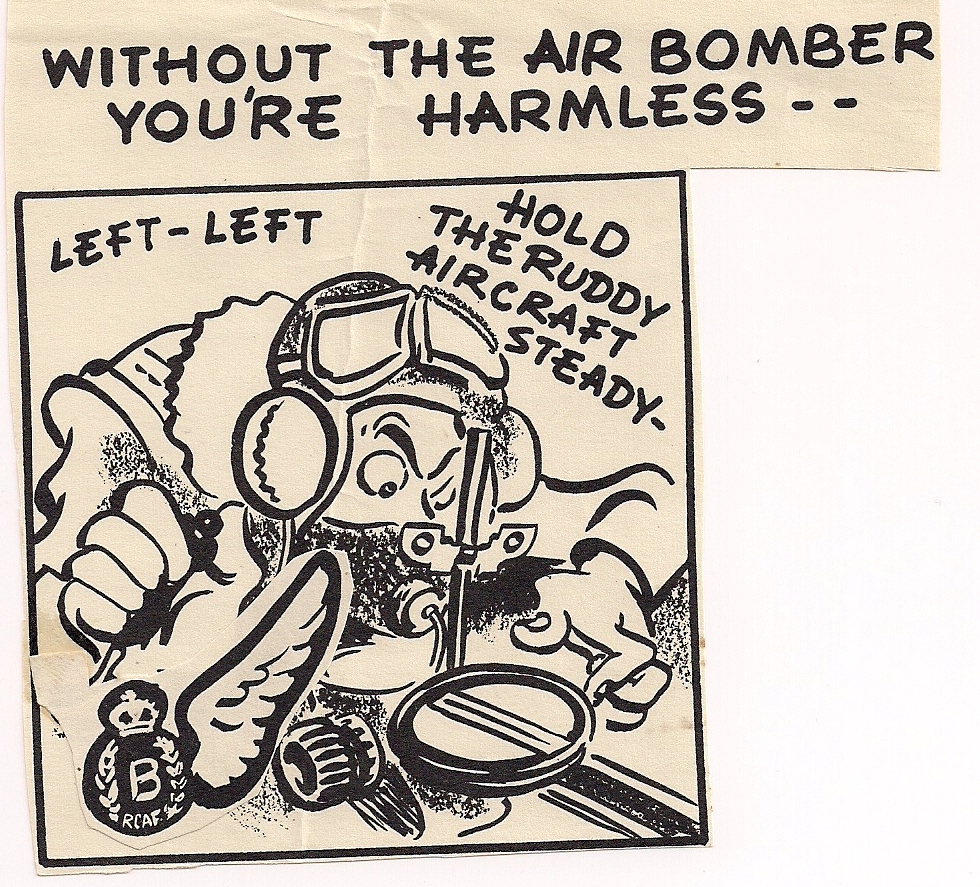1 . They used a collimated crosshair projected on a glass, much like a fighter gunsight, instead of the telescope used on the Norden M-9, Sperry S-1, or the wire sights used on the RAF Course Setting Bombsight and US Estoppey D-8. This means that the bombardier can get a wider field of view than he could get with his eye stuck on a telescope.
2. They required the bombardier only to input the bomb terminal velocity, wind speed and direction, target elevation, and the barometric pressure at the target. The other key variables of airspeed, altitude, and heading were taken directly from the aircraft. This meant the pilot could fly an evasive course, and the computer could recalculate the bombing formula automatically without the bombardier having to refer to tables or calculators (as was done with the Norden prior to the implementation of the Automated Bombing Computer).
3. They used high pressure air as the driving force in the computer. The bellows sensed pressure changes and moved blades that cut streams of pressurized air. The piece that you have used pressure changes from elsewhere in the computer to expand and collapses those small bellows, thus moving the clutch to engage the motor to spin the gear train that drives the sighting angle in either direction.

http://www.glennsmuseum.com/bombsights/ ... rawing.jpg
http://theairtacticalassaultgroup.com/f ... hp?t=17461

